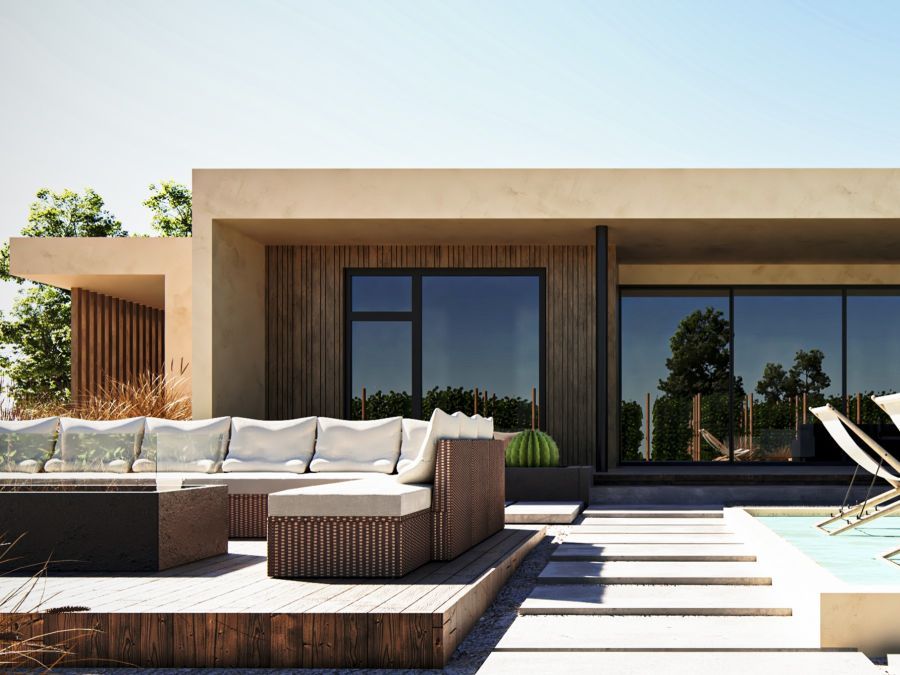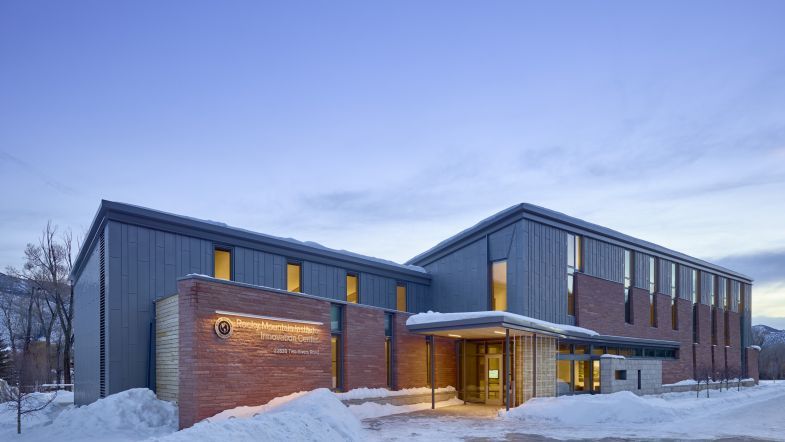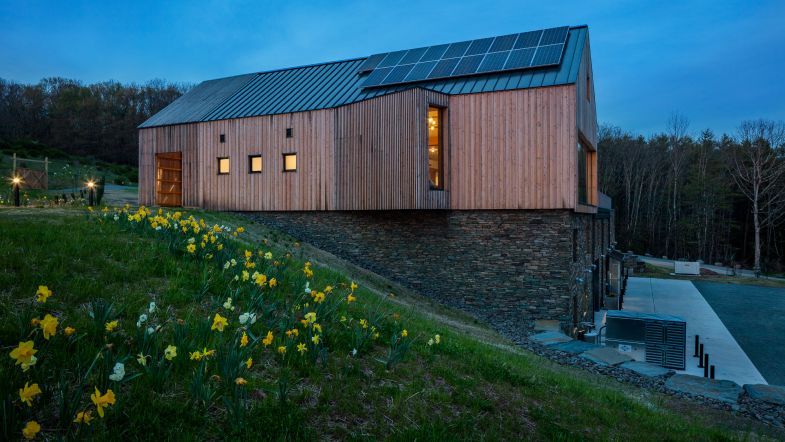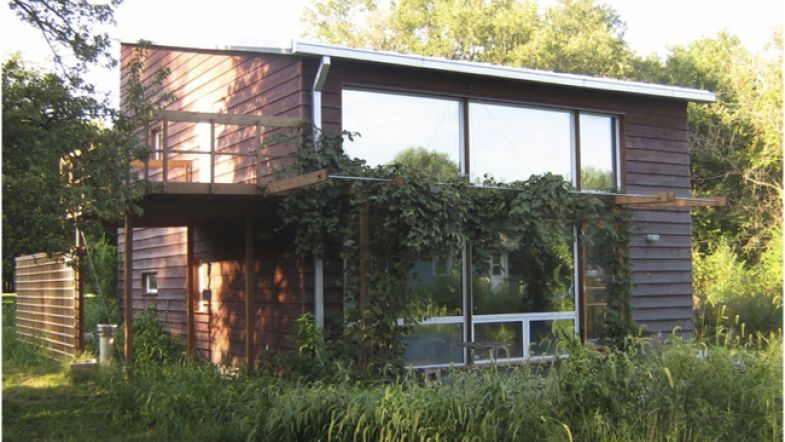425 Grand Concourse, Bronx, New York
This multi-use building is the largest pre-certified Phius project.

Find answers to frequently asked questions about passive house and the Phius passive building standard.
No! The approach can be successfully applied to any type of building, including schools, churches, office buildings and skyscrapers.
The oft-used term passive house is something of a misnomer. Although plenty of single-family homes have been built to the passive house standard, the approach is increasingly being applied to multifamily apartment buildings and large scale commercial buildings as well. As a result, the term passive building is gradually coming into more common usage, as it's a more accurate term than passive house.
This multi-use building is the largest pre-certified Phius project.

The Innovation Center accommodates 50 staff and has room for 80 people in the convening space.

This project is the world's first cidery built to passive standards.

Designed and built by Phius Founder Katrin Klingenberg, this is the first passive house ever built in the U.S.
Phius has certified more than 7.4 million square feet of passive building projects.
Phius has certified more than 3,000 passive professionals, and counting.
Phius-certified buildings perform up to 85% better than conventional buildings.